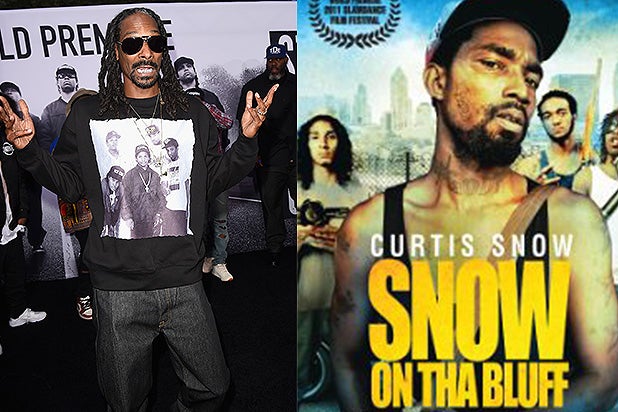
Additionally, there are some decent inclusions involving the kid setting the camera up in his room as he flexes and acts “gangster” for an imaginary audience. thug life, scenes occasionally begin and end messily, as actual recordings would. Largely shot by a 14 year old boy who is quickly being drawn into the South Central L.A. To address the positives, the film does a good job of maintaining the continuity of what is intended to be seen as home video footage. In fact, it misses the mark by a wide margin. Of course, I say “in theory,” because Gang Tapes doesn’t exactly reach the potential of that setup. Rather than enhancing the visceral nature of fear and paranormal happenings for the purpose of nail-biting horror, the concept, in theory, is meant to heighten the gritty realism of poverty-stricken, crime-riddled communities, ultimately confronting the audience with tough truths.

I think whats most original about the director is that he truly has mastered the art of giving off the purpose of a documentary while actually making a movie.Released just two years after The Blair Witch Project popularized the found footage genre, Gang Tapes was – to my knowledge – the first film to use the approach to chronicle the day-to-day life of black urban youth. Also, he'd add to trash in the enviornment (that im sure he picked up after) showing how crucial it is in the enviornment. Atlanta GA, he would splash water or oil on the streets to just make them seem riddled with leaked gas trails.

For example, when filming on the streets of tha bluff a.k. Such as, how he magnifys whats already true. Russel uses natural lighting to place the focus on other aspects of the film.

In (my personal favorite) "Snow On Tha Bluff" he blends the documentary and reality genre into almost seeming like the movie was truly made by a crackhead with a stolen camera. He focuses a lot of his talent on perfecting reality type films. Damon Russells directing style really reflects how times are changing in the world of film and video.


 0 kommentar(er)
0 kommentar(er)
